Guide to Chive Seed Planting |
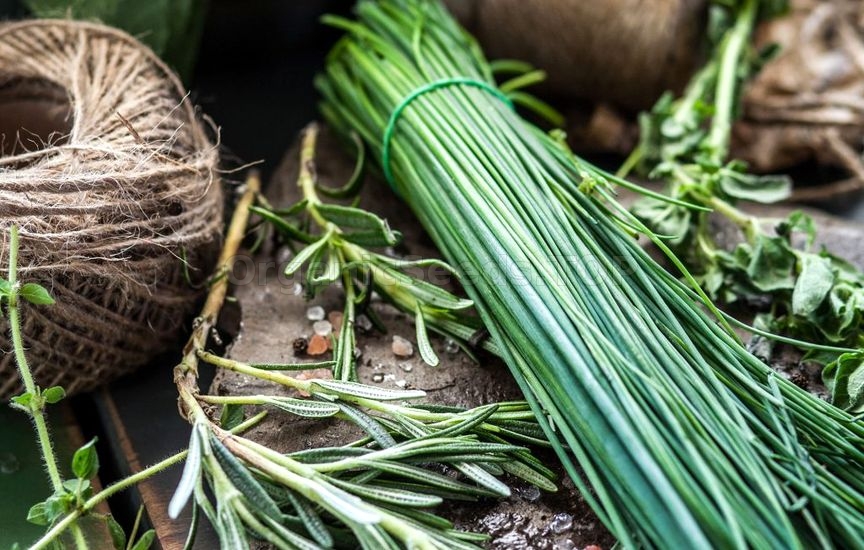 Chives (Allium schoenoprasum) make a wonderful addition to the herb garden. In gardens throughout France, the herb is almost obligatory since it is one of the ‘fines herbes’ traditionally combined with chervil, parsley and tarragon to flavor chicken, fish, vegetables, soups, omelets and salads. Chive seed planting is the most common method of propagation. So, how to grow chives from seed? Let’s find out. Chive Seed Propagation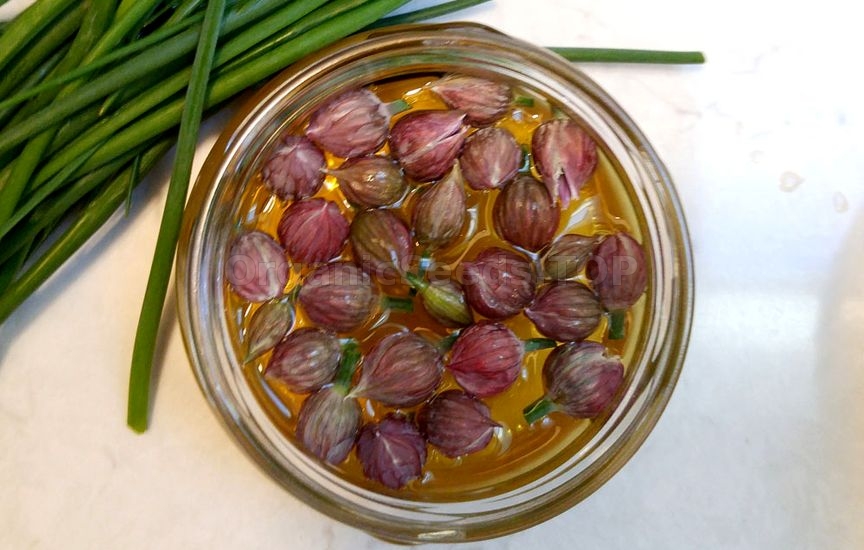 Chives are grown primarily for their culinary uses, but the herb may also be grown for its lovely, light purple flowers and flourishes in containers as well as in the garden proper. A member of the onion or Amaryllidaceae family along with garlic and leeks, chives are native to northern Europe, Greece and Italy. This hardy, drought tolerant perennial grows to between 8-20 inches high in clumps via underground bulbs. Chives have hollow, round leaves much like onions, although smaller. I propagate my chives by dividing my massive decade-old chive plant but growing chives from seed is the common method for starting this herb; unless you live next door to me, in which case, please, come get one! “How To” Guide to Chive Seed Planting Growing chives from seed is a simple process, as seed germinates easily, albeit slowly. Sow seed ½ inch deep in flats of peat-based soilless mix. Keep the flat consistently moist and in temps of between 60-70 degrees F. (15-21 C.). At four to six weeks and once all danger of frost has passed, the chive seedling can be transplanted outside. Planting chive seeds can also occur directly outside in the garden once the soil has warmed. Space plants 4-15 inches apart in rows 20 or more inches apart. As mentioned, propagation can be from chive seed, transplants or division. Divide the plants every two to three years, separating new plants into clumps of about five bulbs each. When planting chive seeds, the soil should be rich, moist and high in organic matter with a soil pH of between 6 and 8. 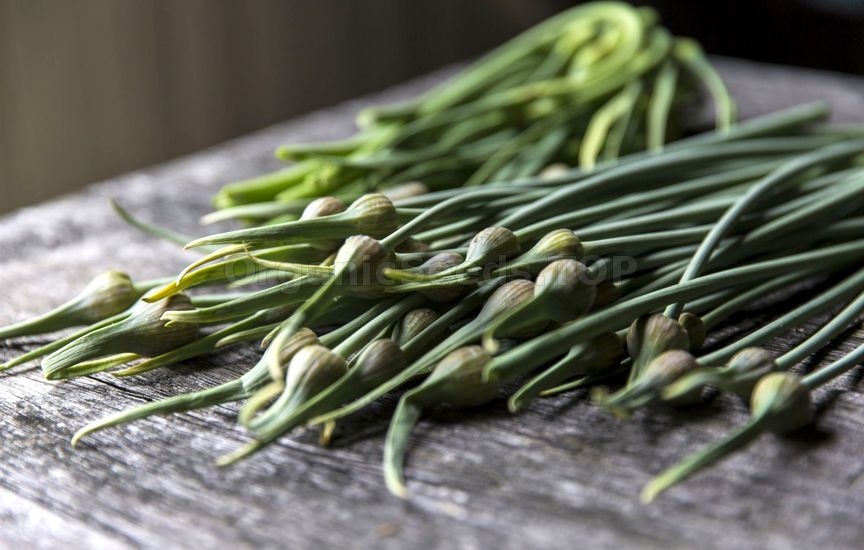 Prior to planting the seedlings, amend the soil with 4-6 inches of composted organic matter and apply 2 to 3 tablespoons of all purpose fertilizer per square foot of planting area. Work this in down to 6-8 inches of soil. Chives thrive in full sun, but will do well in partial shade. Fertilize the plants a few times during the growing season with bone meal and manure or a well-balanced commercial fertilizer. Side dress with 10-15 pounds of nitrogen two times during the growing season and keep the herb consistently moist and the area weeded. How To Grow Chives Indoors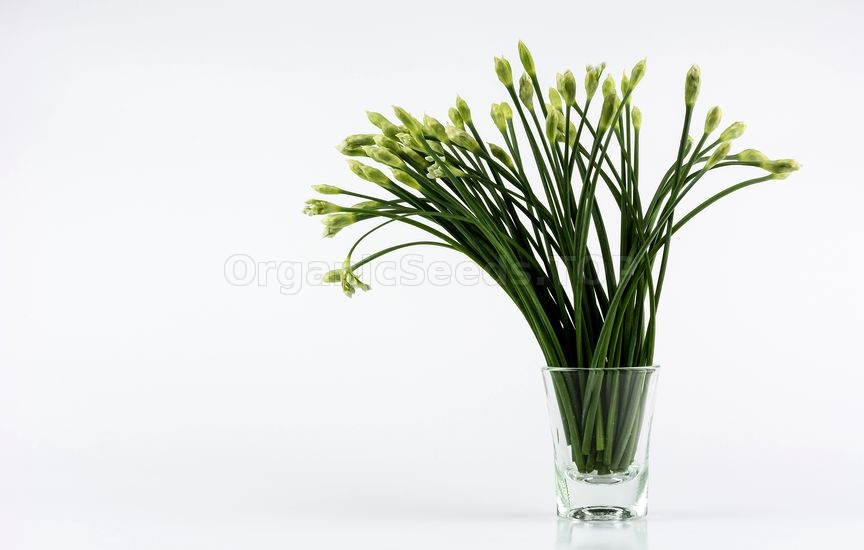 Growing chives indoors make perfect sense so that you may have them near the kitchen. Use chives liberally in dishes; chives growing indoors will benefit from a regular trim. Keep reading to learn more about how to grow chives indoors. A sunny south window offers the six to eight hours of full sunlight needed when growing chives inside. Rotate pots if chives are reaching toward the light. If a sunny window is not an option, chives growing indoors can get the necessary light from a fluorescent fixture six to twelve inches above the pot. Two 40-watt bulbs work best when growing chives inside. Chives growing indoors appreciate other growing pots close by to provide humidity as well as a fan for air circulation. Humidity for indoor chives may also be provided by nearby pebble trays filled with water or miniature water features nearby. Misting with a water bottle can also help prevent low humidity. Chives growing inside should be watered when the soil is dry to the touch on the top. Low dose fertilization is recommended for growing chives indoors. A water soluble fertilizer at half strength may be applied twice per month; heavier doses may weaken the taste of the chives. When growing chives indoors, pests should be minimal. Often the aroma of chives acts at a pest repellent, but in the event of insect problems, spray well with soapy water. This can be applied as needed. Tips for Planting Chives Indoors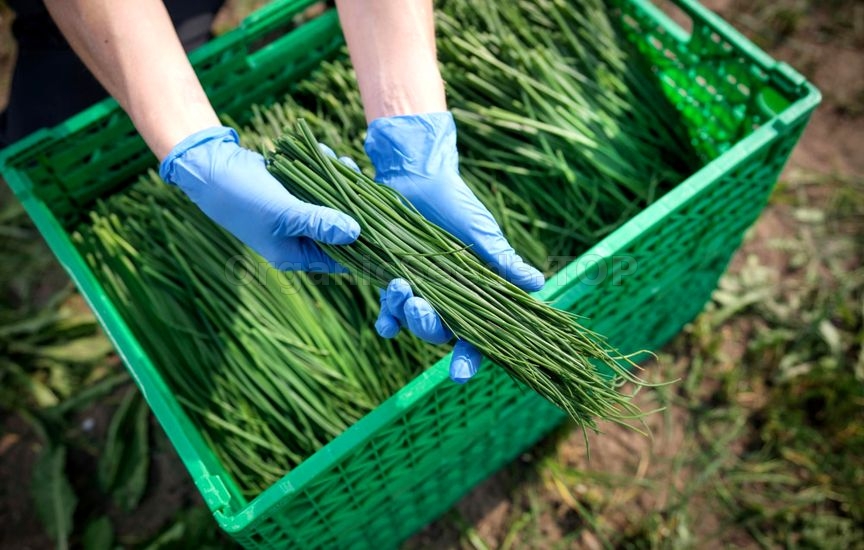 To begin growing chives indoors, fill a 6-inch clay pot with well-draining potting medium which you have pre-moistened. Soil should form a ball when squeezed, but not be soggy or dripping water. Broadcast seeds over the pre-moistened medium and cover with a fine layer of the pre-moistened soil, about ¼ inch deep. Place in the lighted area. Seeds may be kept moist until germination with a mist of water, weak plant food or weak compost tea. Chives germinate within two weeks, often more quickly. Growing chives indoors offers a handy and easy way to season your food and brighten your space. You may need:ONION SEEDSGREEN ONION SEEDSLeek Seeds«Rezanec» - Organic Chinese Leek Seeds«Fragrant» - Organic Chinese Leek Seeds |
|
|
